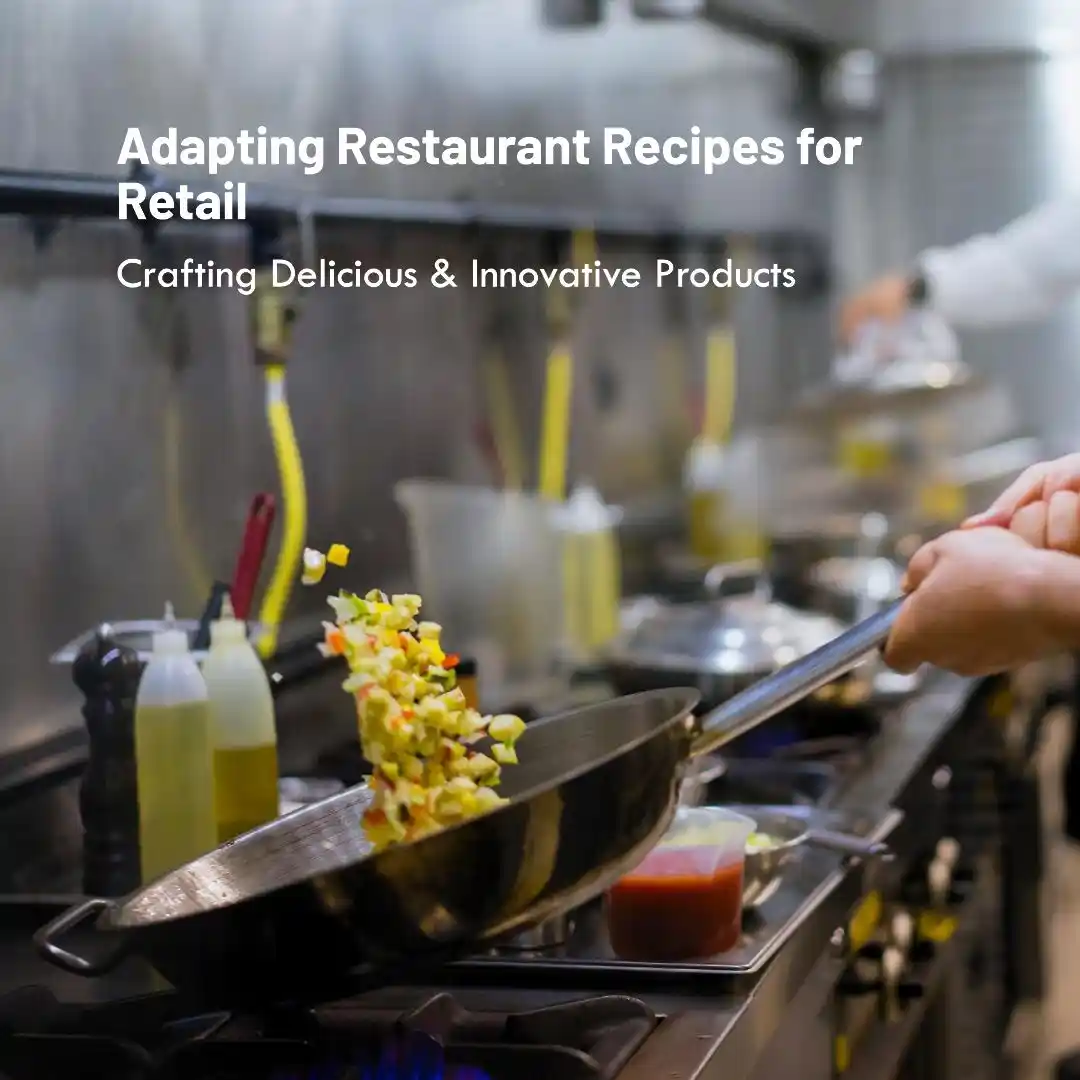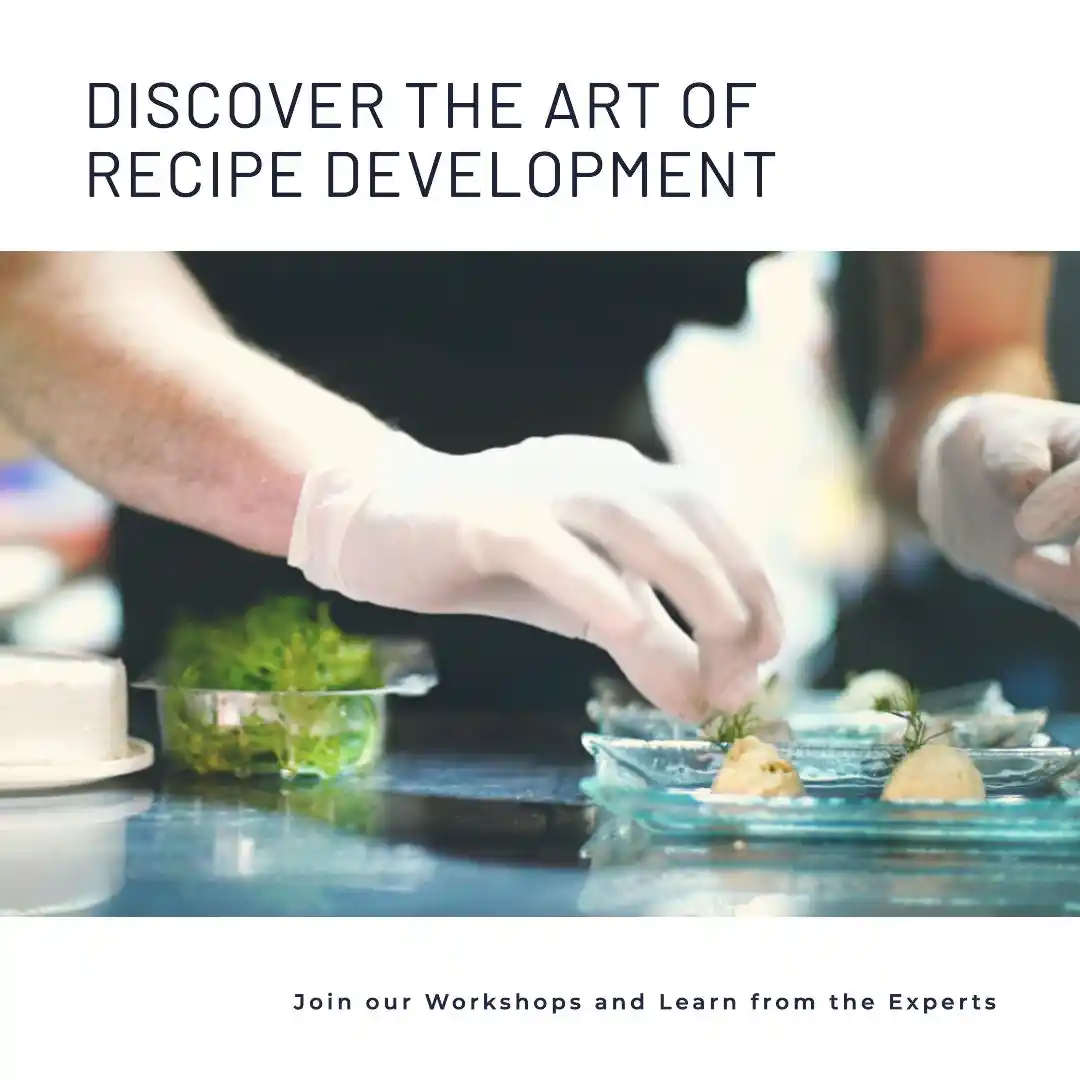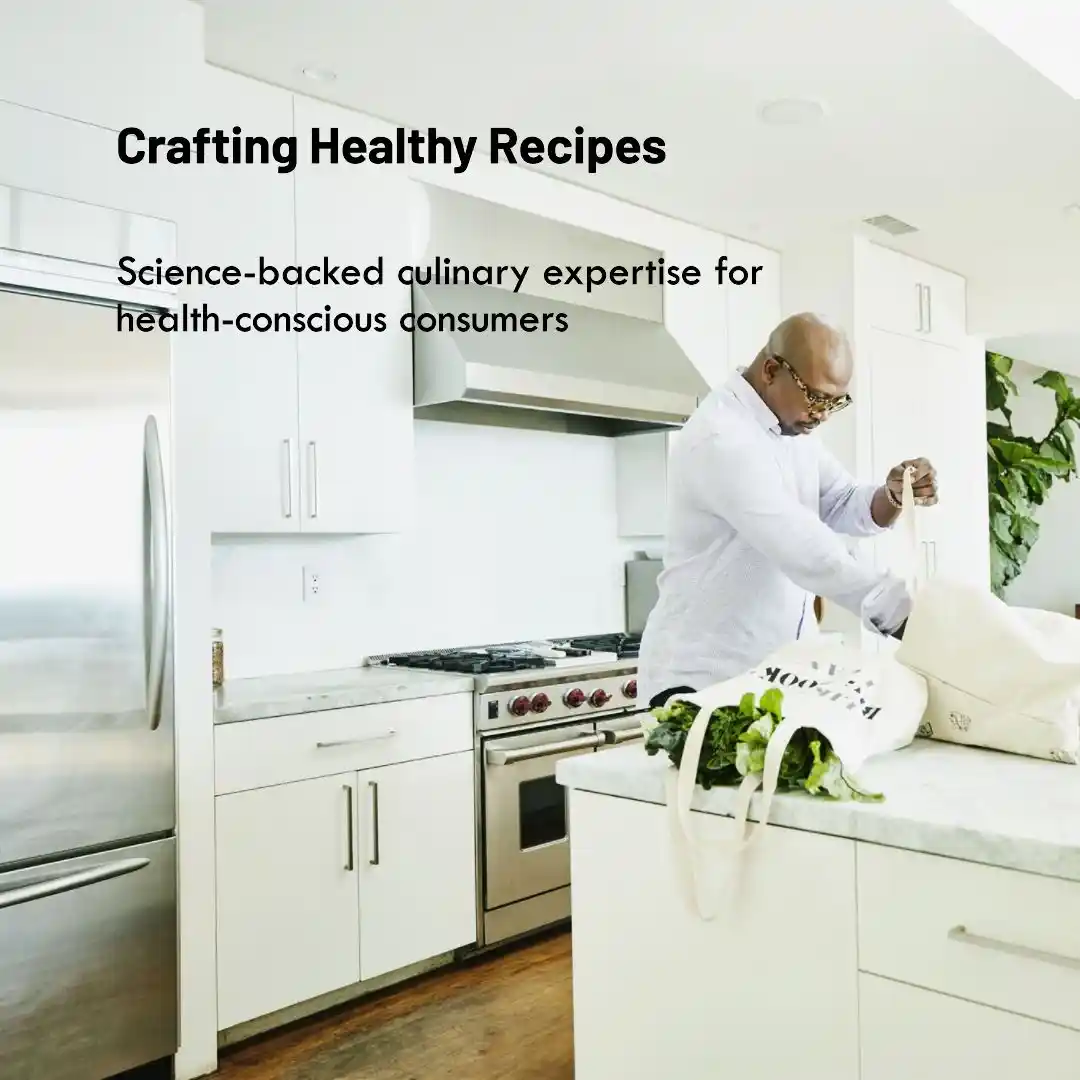Introduction
The aroma of your signature dish, the perfectly balanced flavors, the rave reviews from diners – your restaurant has achieved culinary success. But have you ever considered extending that success beyond the dining room? Adapting your restaurant recipes for retail can open up a whole new world of opportunities, expanding your brand reach and revenue streams. This comprehensive guide, brought to you by Tasteology, explores the crucial steps involved in successfully translating your restaurant-quality creations into shelf-stable products that consumers will crave.
Why Adapting Your Recipes for Retail Matters
The food industry is constantly evolving, with consumers increasingly seeking restaurant-quality experiences at home. The rise of meal kits, gourmet grocery stores, and online food delivery services demonstrates this growing demand. By adapting your recipes for retail, you can:
- Expand your brand reach: Reach new customers beyond your restaurant’s geographical limitations.
- Diversify revenue streams: Create a new and potentially more stable income source.
- Build brand loyalty: Allow customers to enjoy their favorite restaurant flavors at their convenience.
- Capitalize on current trends: Tap into the growing market for convenient, high-quality food products.
Key Considerations for Recipe Adaptation
1. Flavor and Texture Optimization:
Restaurant recipes often rely on fresh ingredients and techniques that may not be feasible for mass production or extended shelf life. Tasteology’s expertise in food formulation can help you:
- Identify suitable ingredient substitutions: Find readily available ingredients that maintain the original dish’s flavor profile and texture.
- Adjust cooking processes: Modify cooking methods to ensure optimal flavor development and consistency during industrial production.
- Optimize for shelf-life: Reformulate recipes to extend shelf-life without compromising flavor or texture, using techniques like modified atmosphere packaging or natural preservatives.
Example: A restaurant’s signature pasta sauce might rely on fresh tomatoes and herbs. For retail, Tasteology can help identify high-quality canned tomato varieties, dried herb blends, and specific processing techniques to achieve a comparable flavor profile with a longer shelf life.
2. Scaling for Mass Production:
Transitioning from small-batch restaurant cooking to large-scale production requires careful planning. Tasteology’s expertise in scaling recipes ensures:
- Consistent quality: Maintain the same flavor and quality standards across all production batches.
- Ingredient sourcing: Establish reliable supply chains for ingredients in larger quantities.
- Production efficiency: Streamline the production process for cost-effectiveness and scalability.
Example: Tasteology can assist in developing detailed production protocols, specifying ingredient quantities, mixing procedures, cooking times, and packaging requirements to maintain consistency during mass production.
3. Packaging and Labeling:
Attractive and informative packaging plays a crucial role in attracting consumers. Tasteology can guide you in:
- Selecting appropriate packaging: Choose packaging materials that preserve product quality, extend shelf-life, and are visually appealing.
- Developing compelling labeling: Create labels that clearly communicate the product’s ingredients, nutritional information, and brand story.
- Meeting regulatory requirements: Ensure compliance with food labeling regulations and safety standards.
Example: Tasteology can help design eye-catching packaging that highlights the restaurant’s brand identity and communicates the product’s unique selling points, such as “Restaurant-Inspired Flavor” or “Made with Fresh Ingredients.”
Practical Tips for Successful Recipe Adaptation
- Start with your most popular dishes: Focus on adapting recipes that are already proven customer favorites.
- Conduct thorough market research: Understand consumer preferences and identify potential competitors in the retail market.
- Prioritize quality and consistency: Maintain the same high standards that have made your restaurant successful.
- Partner with experienced food consultants: Leverage Tasteology’s expertise in recipe development, food formulation, and flavor optimization to ensure a smooth and successful transition.
Common Challenges and Solutions
Challenge: Maintaining the same flavor profile with different ingredients or cooking processes.
Solution: Tasteology’s sensory analysis techniques and flavor expertise can help identify subtle flavor differences and develop strategies to bridge the gap between restaurant and retail versions.
Challenge: Ensuring product stability and shelf-life.
Solution: Tasteology can conduct shelf-life studies and recommend appropriate packaging and preservation methods to maximize product freshness and quality.
Challenge: Scaling up production while maintaining cost-effectiveness.
Solution: Tasteology’s expertise in process optimization can help streamline production workflows and identify cost-saving measures without compromising quality.
Conclusion
Adapting your restaurant recipes for retail can be a rewarding venture, expanding your brand’s reach and unlocking new revenue opportunities. By partnering with Tasteology, you can navigate the complexities of recipe adaptation with confidence, ensuring your retail products deliver the same exceptional flavor and quality that define your restaurant experience. Contact Tasteology today to discuss how we can help you take your culinary creations from the kitchen to the retail shelf.


